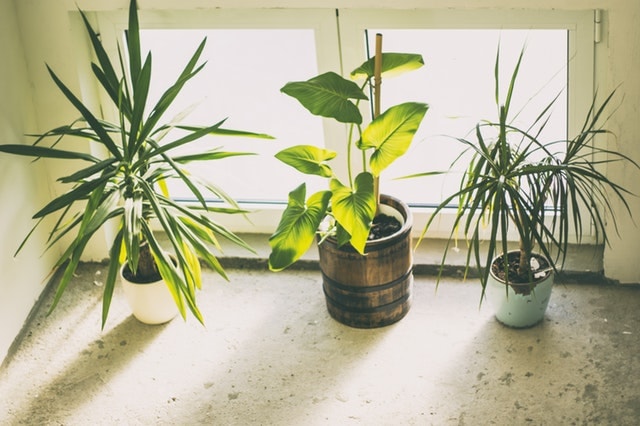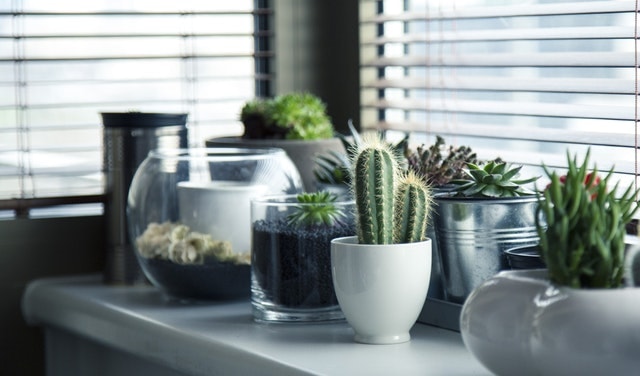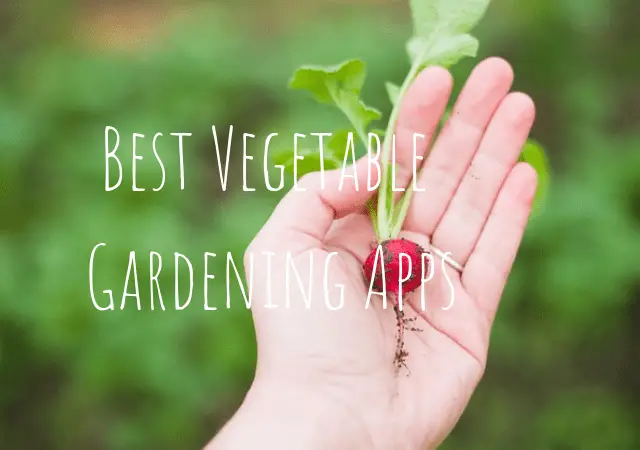Growing indeterminate tomatoes in pots is a fantastic way to enjoy fresh, home-grown tomatoes even if you have limited space. These tomato varieties continue to grow and produce fruit throughout the season, making pruning an essential task to ensure healthy plants and a bountiful harvest. Here’s a comprehensive guide on how to prune indeterminate tomatoes in pots effectively.
1. Understanding Indeterminate Tomatoes
Indeterminate tomatoes, also known as vining tomatoes, grow continuously and can reach heights of 6-10 feet or more. Unlike determinate varieties, which grow to a fixed size, indeterminate tomatoes require regular pruning to manage their growth, improve air circulation, and encourage fruit production.
2. Why Prune Indeterminate Tomatoes?
Pruning helps in:
- Maximizing Fruit Production: Directs the plant’s energy to fruit production rather than excessive foliage.
- Improving Air Circulation: Reduces the risk of fungal diseases and pests.
- Managing Plant Size: Keeps the plant manageable and well-supported in pots.
3. Tools You’ll Need
- Sharp Pruning Shears: Ensure they are clean to prevent disease spread.
- Garden Gloves: To protect your hands from the plant’s rough texture.
- Stakes or Tomato Cages: For supporting the plant.
4. Step-by-Step Pruning Guide
Step 1: Identify the Suckers
Suckers are the shoots that grow from the junction of the stem and a leaf branch (the leaf axil). These can become full-fledged stems if not pruned, leading to a bushier plant.
Step 2: Remove the Suckers
- Early Pruning: Start when the plant is young, around 6-8 inches tall. Regularly check for suckers.
- Small Suckers: Pinch them off with your fingers when they are small (less than 2 inches long).
- Larger Suckers: Use pruning shears to cut them close to the main stem without damaging the plant.
Step 3: Trim the Lower Leaves
As the plant grows, remove the lower leaves up to the first set of flowers. This prevents soil-borne diseases from splashing onto the leaves and improves air circulation.
Step 4: Prune for Plant Structure
- Single-Stem Pruning: If you want to train your tomato plant to a single stem, remove all suckers below the first flower cluster.
- Two or Three-Stem Pruning: For more fruit production, leave one or two suckers below the first flower cluster and prune the rest.
Step 5: Continue Regular Pruning
Indeterminate tomatoes grow continuously, so check your plants weekly and remove new suckers and any yellow or diseased leaves promptly.
5. Supporting Your Tomato Plants
Use stakes, cages, or trellises to support your pruned tomato plants. Secure the main stem and branches to the support structure using soft ties to prevent damage.
6. Watering and Feeding
Pruned plants need consistent watering and feeding:
- Watering: Keep the soil evenly moist but not waterlogged. Water at the base to avoid wetting the foliage.
- Feeding: Use a balanced fertilizer or a tomato-specific fertilizer to provide essential nutrients.
7. Monitoring for Pests and Diseases
Regular pruning helps in the early detection of pests and diseases. Look for signs of blight, aphids, or other issues and treat them promptly with appropriate organic or chemical controls.
Conclusion
Pruning indeterminate tomatoes in pots is a straightforward but essential practice to ensure a healthy, productive plant. By removing suckers, trimming lower leaves, and maintaining a manageable plant structure, you can maximize fruit production and reduce the risk of diseases. Remember to support your plants properly and provide consistent care, and you’ll be rewarded with a delicious and abundant tomato harvest.
MORE POSTS: 5 Best Pruning Shears for Indoor Plants



